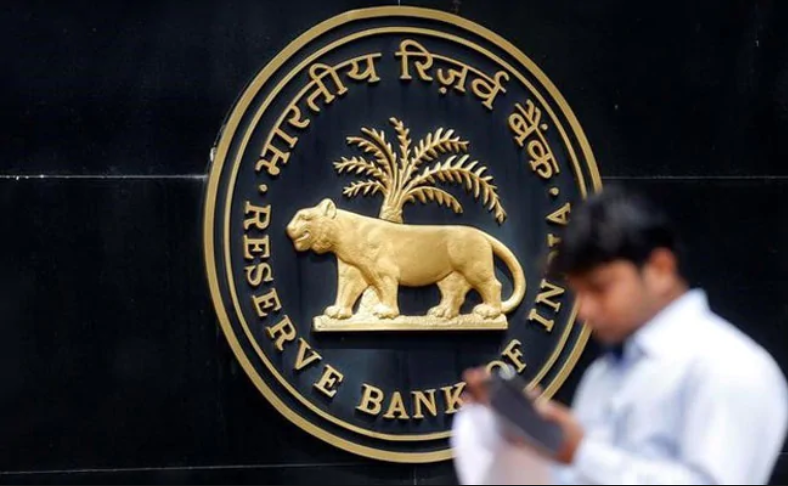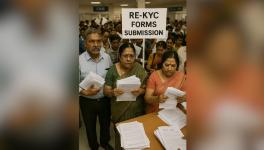RBI’s COVID-19 Relief Measures for NBFCs Do Not Address NPA Concerns

File Photo
New Delhi: After liquidity concerns of non-banking financial companies (NBFCs) were raised by several quarters amid the COVID-19 pandemic outbreak and the ensuing lockdown for coronavirus containment, the Reserve Bank of India (RBI) on Friday said it would conduct another round of targeted long-term repo operations (TLTRO 2.0) for an amount of Rs 50,000 crore so that banks can facilitate credit flow to NBFCs.
The other measures announced by RBI include maintaining adequate liquidity in the system and its constituents in the face of COVID-19 related dislocations, easing financial stress and enabling the normal functioning of markets.
Under the TLTRO 2.0 scheme, banks will have to invest at least 50% of the amount borrowed under the scheme in fresh acquisition of securities from NBFCs.
“The funds availed by banks under TLTRO 2.0 should be invested in investment grade bonds, commercial paper, and non-convertible debentures of NBFCs, with at least 50% of the total amount availed going to small and mid-sized NBFCs and MFIs,” said RBI Governor Shaktikanta Das on Friday.
The RBI stated that the exposures under this facility would also not be reckoned under the large exposure framework under the condition that the investments would have to be made within one month of availing liquidity from RBI.
While this measure comes as a relief to the struggling NBFC sector, which has been facing a liquidity crisis months before the pandemic outbreak, the central bank is again silent on whether scheduled commercial banks could extend moratorium to NBFCs which have combined debt worth Rs 1.7 lakh crore, maturing by June 2020, which may be at risk of not being paid, as estimated by rating agency Crisil.
Additionally, RBI has allowed NBFCs to extend the date for commencement of commercial operations for loans given to commercial real estate by an additional year without considering it as restructuring.
Addressing NPAs?
The RBI has come forward with two specific measures to address the financial institutions stressed over rising non -performing assets. First, while on March 27, the apex bank had permitted lending institutions to grant a moratorium of three months on payment of current dues falling between March 1 and May 31, 2020, it has now allowed banks to standstill asset classification during the period.
As a second measure, in case of large accounts under default, while lenders are currently required to hold an additional provision of 20% if a resolution plan has not been implemented within 210 days from the date of such default, the RBI has now extended the period of resolution by another 90 days. This will provide relief for banks and other financial institutions which are creditors for entities undergoing corporate insolvency resolution under the Insolvency and Bankruptcy Code.
As per data from Insolvency and Bankruptcy Board of India, 1,961 cases are pending for resolution process or liquidation at various National Company Law Tribunals. Of this, 635 cases are pending over 270 days of resolution process and 247 cases are pending over 180 days.
Effectively, the RBI has avoided addressing the risk of NPAs arising from NBFCs.
Get the latest reports & analysis with people's perspective on Protests, movements & deep analytical videos, discussions of the current affairs in your Telegram app. Subscribe to NewsClick's Telegram channel & get Real-Time updates on stories, as they get published on our website.
























